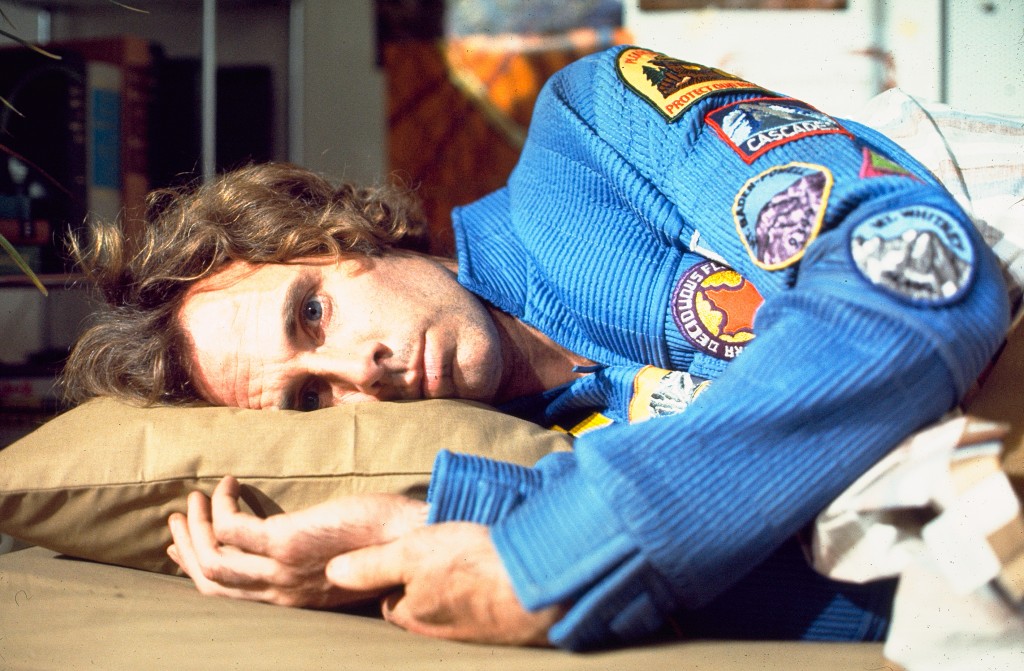Silent Running Review
 With startling special effects and a convincing portrayal of an imagined future it is easy to discuss Silent Running simply within the context of being an accomplished science fiction film, but like the best that science fiction has to offer Silent Running is far deeper than its outward appearance may suggest.
With startling special effects and a convincing portrayal of an imagined future it is easy to discuss Silent Running simply within the context of being an accomplished science fiction film, but like the best that science fiction has to offer Silent Running is far deeper than its outward appearance may suggest.
That is not to say that the special effects and so on are not important and worthy of high praise. Director and special effects supervisor Douglas Trumbull, hot on the back of 2001: A Space Odyssey and The Andromeda Strain, managed to create physical special effects that even today look entirely convincing and natural to their surroundings. The biodomes that are so important to protagonist Freeman Lowell (Bruce Dern), and in many ways the human race as a whole, look less futuristic now than they may have done in 1972 (visitors to domes such as the Eden Project in Cornwall will attest to this I’m sure) but the image of these fragile structures floating in space is a powerful science fiction image, and it is one that has all the more impact due to Trumbull’s impressive use of miniatures.
But it is scriptwriters Deric Washburn, Michael Cimino & Steven Bochco’s emotional story of Freeman, the domes and his robot companions that makes Silent Running such a compelling and rewarding film. Filled with post-sixties rage about the destruction of the environment, the story of Silent Running is powerful, critical and prescient but crucially it is devastatingly heartbreaking.
Freeman Lowell is a complex and conflicted character and when he commits acts that in another context may seem unthinkable we understand his motivations and sympathise with what he is doing. Almost 40 years on it is hard to think of a more cogent film that tackles direct action and environmental concerns so thoughtfully and effectively. It’s also still hard to find a more emotionally affecting science fiction film.